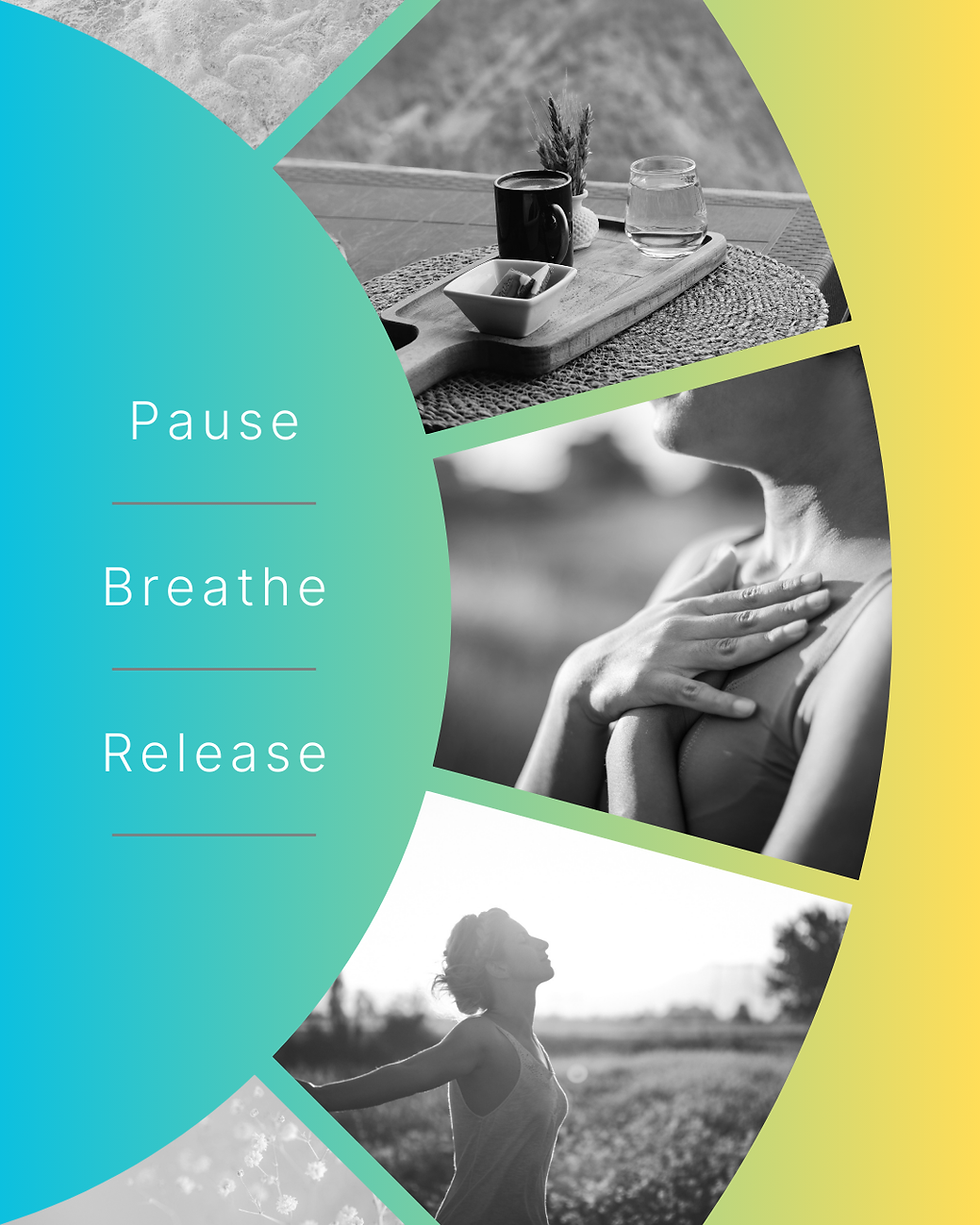Knee Pain
- Jennifer Heard
- Apr 21, 2013
- 4 min read
The “what” is usually simple: injury and arthritis are the leading causes of knee pain. Often the former causes the latter. The harder question to answer is:
“How can I fix it” or “How can I prevent further injury”?
A recent patient has had multiple knee injuries, just when things are good; some small movement will throw the knee out of commission. So the question is “WHY”, why can you climb mountains, run marathons, kneel for hours and the next person turns around and BAM the knee gives out? This is the situation I was presented with. Any time I am confronted with recurring injury we have to take a serious look at the “why”; here are the 3 top causes for recurring injury.
Diet & Weight
Lifestyle (active or sedentary)
Physical Movement
Diet & Weight
Are you over or under weight? Excess weight puts undue stress on joints, muscles and bones. Think of how much time you spend standing, walking even sitting (knee joints are bent for extended periods of time cutting off circulation). Your best line of defense against knee pain is to exercise! Take the stairs instead of the elevator, go for a walk during your lunch break, join a yoga class to build strength, stamina and increase circulation. Pay close attention to portion size. You may not be eating too much just too much at one sitting. When we overeat at meal time it stretches the stomach. Eat several small meals, at regular intervals throughout the day to prevent the stomach from stretching and allow time for proper digestion and nutrient uptake. You will feel less hungry and blood sugar levels will stay balanced. Have you ever said” “how does that person stay so slim when all they do is eat?” the answer is small healthy portions are better utilized by the body. If you are underweight there is a good chance you are lacking vital nutrients. In this case a food diary is of utmost importance. See lifestyle below.
Lifestyle
Are you an active or sedentary person? Sedentary people may not be moving enough. Movement within the joints allow synovial fluids to be circulated properly; ensuring the joint remains well lubricated. Much the same way you oil hinges, joints too can dry out and need “oiling”! Yoga is a great exercise to promote joint health. It encourages movement of fluids and oxygen throughout the body, corrects alignment issues and builds strength to help support the joints. Often very active people are not getting adequate nutrients to support joint health. They may be losing too much water and electrolytes in the form of sweat without replacement. It is a good idea to keep a food & liquid diary for 1 to 2 weeks (the longer the better). This should be analyzed to ensure proper nutrient and water intake. On analysis 90% of the time people do not consume enough vegetables and fruits. A great way to combat this is buy a juicer and drink 1 full glass a day of a juice with a vegetable of every colour plus 1 or 2 fruits for sweetness. My favourite fresh juice: 1 large carrot, 1 celery stalk, 1/2 cucumber, a handful of cilantro, handful of spinach, 2 inch piece of fresh ginger, 1/4 bulb of anise and 1 whole lemon. Plus 2 tablespoons of Chia seeds stirred in. YUM
Physical Movements
How do you move? When performing any given activity do you ensure that joints are stacked, that you are not hyperextending, or locking? We look at the way you walk and perform other simple exercises. My client had very loose ankle, knee and hip joints (many people call this double jointed). The joints were able to move in ways not intended. In this circumstance great care needs to be taken to ensure that all of joints do not hyperextend during any given movement. As a turn the wrong way in the ankle can lead to knee, hip and back problems. Every time a small hyperextension occurs you are weakening not just the problem area but your entire body. My client was walking with a slight turnout at the ankle of the problem knee. Only the ankle was turning not the entire leg. If you watch a ballerina walk she will walk with a turnout, look closely and you will notice the turn comes from the hip (hip, knee & ankle all stacked in a straight line). This was not the case with my client. The turn came from the ankle. Gentle guidance to pay closer attention and make the necessary adjustments have lead to recovery. Yes it is a challenge at first, to keep reminding yourself “turn in the foot” but after about 2 weeks your body takes over and it becomes habit. Leading to healthier joints overall. If you know that you are “double jointed” or have loose joints make sure to advise your trainer to ensure attention is paid to how the joint is behaving during any given exercise.
Conclusion?
Really it is a combination of all 3 that can lead to knee and other joint pain. Your best defense is always to eat a wide variety of colours, exercise daily and pay attention to your body mechanics. For more information or to have your food diary analyzed contact me at Jenn@NaturalJenn.com



Comments